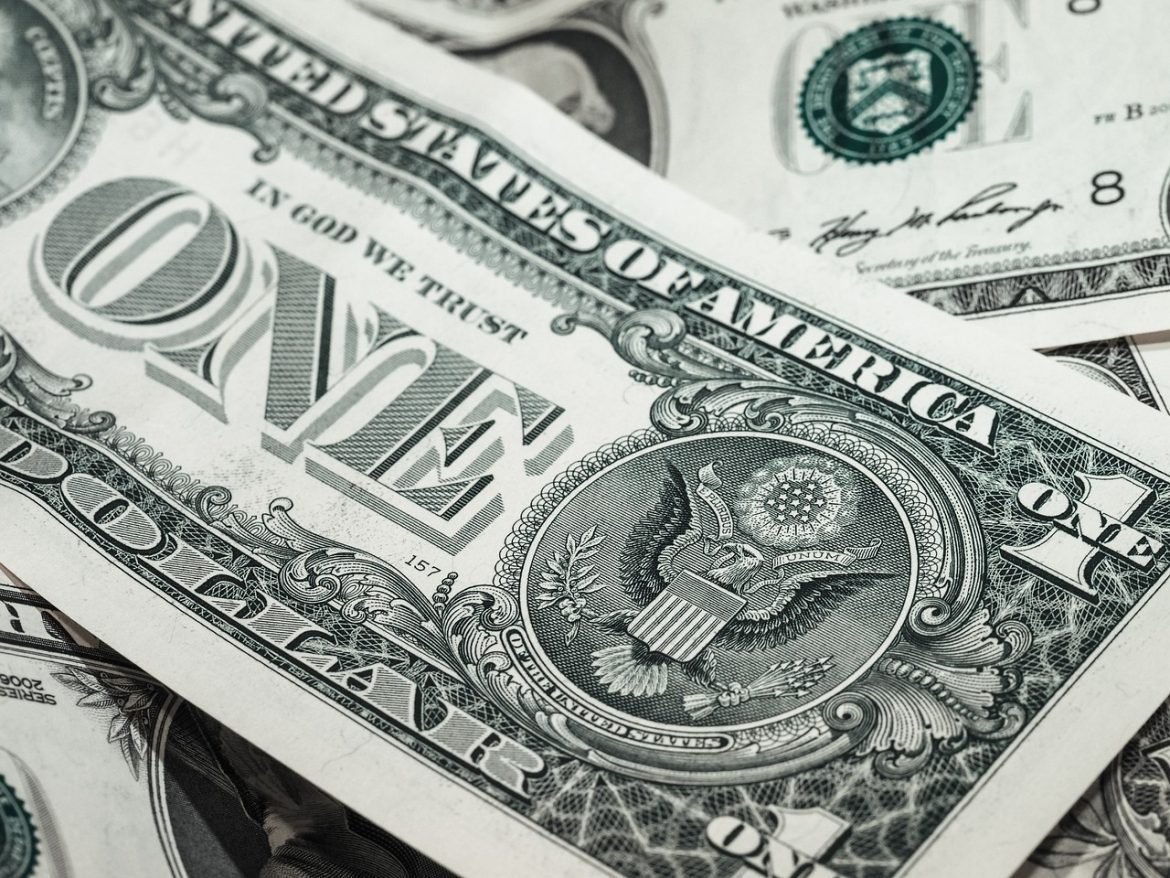On Tuesday, the dollar index made modest gains, although it eased slightly from its recent 10-month high. The primary reason for this pause in the dollar’s upward trajectory was the stabilization of Treasury yields. Meanwhile, the Japanese yen managed to bounce back from an 11-month low as Japanese officials issued warnings about the possibility of currency intervention.
One of the key factors influencing the currency markets has been the surge in benchmark 10-year U.S. government bond yields, which reached their highest levels in 16 years this month. This surge has occurred despite the Federal Reserve’s announcement last Wednesday that it might further increase interest rates and keep them elevated for an extended period to combat persistently high inflation levels.
According to Adam Button, the chief currency analyst at ForexLive in Toronto, the dominant narrative for September has been the remarkable rise in Treasury yields and the consequential impact on the currency market. Despite expectations of a deterioration in economic data, the U.S. economy has displayed unexpected resilience.
Minneapolis Fed President Neel Kashkari emphasized the exceptional performance of the U.S. economy and suggested that the Fed might need to continue raising borrowing rates and maintaining high rates to achieve its target of bringing inflation closer to 2%.
Joe Tuckey, the head of FX analysis at Argente, concurred, describing the U.S. as an outlier with consistently strong economic data. He added that the dollar was demonstrating its strength as if it were a “steamroller.”
At the close of trading on Tuesday, the dollar index registered a 0.07% gain, reaching 106.01, although it had briefly touched 106.2 earlier in the day, marking its highest level since November 30.
In contrast to the dollar’s strength, the Japanese yen had experienced significant depreciation in the face of the broader dollar rally. This led to speculation that Japanese authorities might consider intervening to stabilize their currency’s value. Finance Minister Shunichi Suzuki expressed concern about currency movements and stated that the government was closely monitoring the situation. The yen had reached an 11-month low of 149.19 but managed to regain some ground, trading at 148.95.
On the European front, the euro remained relatively flat, closing the day at $1.0590 after briefly dropping to $1.0570, which marked its lowest level since March 16. Similarly, the British pound faced downward pressure, recording a 0.27% decline to $1.2180. Earlier in the day, it had touched $1.2168, its lowest point since March 17.
In summary, the dollar’s recent strength, driven by robust economic data and rising Treasury yields, has impacted global currency markets. The Japanese yen’s decline has raised concerns about potential intervention, while the euro and the British pound have faced challenges of their own, hitting multi-month lows in the wake of the dollar’s strong performance. The currency market remains highly sensitive to economic data and central bank actions as traders navigate these uncertain waters.





